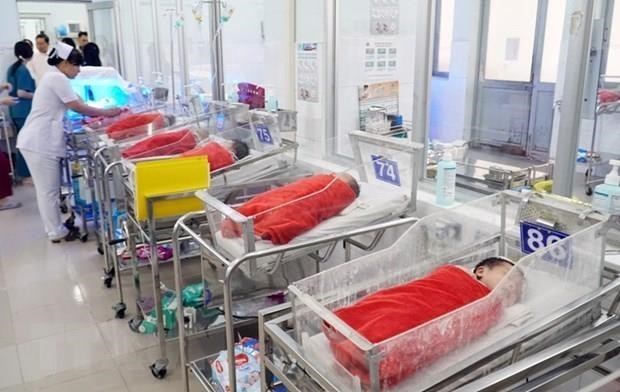 |
|
Vietnam is one of 10 countries with the fastest aging population in the world.
|
According to the World Population Prospects Report 2019, the United Nations (UN) predicted that by 2028, Southeast Asia will have more than 109 million people aged 60 and over, accounting for more than 15% of the total population. By 2050, the number will increase to more than 176 million, making up over 22% of the total population.
The decline in the fertility rate is one of the factors contributing to this trend. The proportion of the elderly in each country is projected to change significantly in the future.
In particular, Brunei and Singapore have received positive results from their efforts to ensure social welfare for the elderly. These countries have a higher per capita income than other countries in the region.
Other countries in the region, including Cambodia, Indonesia, Laos, Malaysia, Myanmar, Thailand, Vietnam and the Philippines, are facing the problem of getting old before getting rich.
Most Southeast Asian countries have pension or social welfare funds, but the payouts are extremely low and not everyone is eligible for government support.
A report by the International Labor Organization (ILO) released in 2020 shows that, in this region, only about one-third of people aged 60 and over received a regular or lump-sum pension. In developing countries in Southeast Asia, in some cases, the minimum monthly cash allowance is lower than the minimum wage.
In Vietnam, people over 60 years old are entitled to a social allowance with a minimum allocation of VND270,000 per month (US$11.70), 16 times lower than the minimum monthly salary, which stands at VND4.42 million ($200).
In a report published in 2019, the ILO warned that about 16 million Vietnamese people could have no pension by 2030, unless the Government has appropriate support policies.
This organization recommended that Vietnam introduce a multi-tier pension system to ensure a minimum income for retired workers through tax-supported pensions, compulsory social insurance and supplementary pension.
According to the ILO, about three-quarters of workers in Vietnam are informal laborers, and most of them do not receive pensions or have access to social insurance benefits.
According to statistics, by the end of 2017, Vietnam had 11 million elderly, accounting for about 11.95% of the population, of which there were nearly 2 million people aged 80 years or older. It is forecast that Vietnam will enter the period of an aging population in 2035, when this rate will increase to 20% with about 21 million elderly. Vietnam is also among the 10 fastest aging countries in the world. It will take Vietnam only 20 years for the proportion of people aged 65 and over to increase from 7% to 14%.
Meanwhile, the World Health Organization (WHO) says that women live an average of six to eight years longer than men, and their contribution to the national pension system is generally lower than that of men. Those with few or no children will have to support themselves if they do not receive adequate government support.
According to the World Bank (WB), although many developing countries in Southeast Asia have large populations participating in economic activities, with more than 73% of people aged 15 to 64 participating in the labor force, the size of family is tending to shrink more and more.
According to the United Nations, in the 1950s, women in Southeast Asian countries usually gave birth to 5.5-7.5 children. Today, the number of children typically ranges from one to three due to improved access to education and economic opportunities for women.
Ms. Bussarawan Puk Teerawichitchainan, Associate Professor at the National University of Singapore, who has many years of research on population and family issues in Southeast Asia, said changes in family structure require Southeast Asian governments to have better plans to support the elderly.
Ms. Usa Khiewrord, Regional Program Advisor of HelpAge International, said that the elderly can fully contribute to society if they are given the right opportunities and support. To do this, society first needs to change its perception of the elderly.
Studies in countries with low and moderate incomes in Asia show that universal social pension may help people have a better life when they get old.
Hanh Nguyen

Pensions, social allowances expected to rise 15 percent from 2022
Eight groups of people will enjoy a 15 percent rise in their pensions and social insurance allowances and monthly subventions from January 1, 2022 when a draft decree on the adjustments of these allowances is issued.

Vietnam to enter “elderly population structure” in 2026: study
Vietnam will enter the “elderly population structure” in 2026, which will last for 28 years until 2054, according to an in-depth study of the 2019 population and housing census.